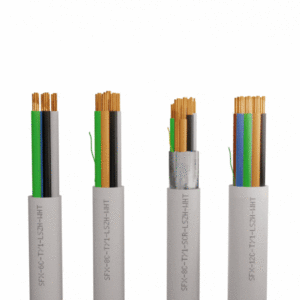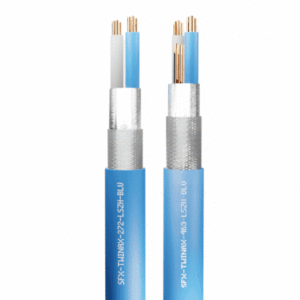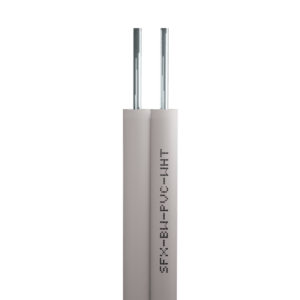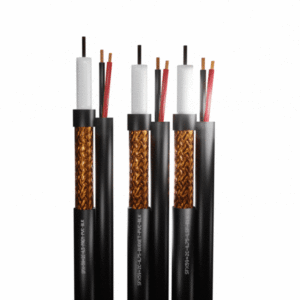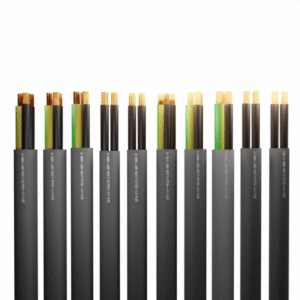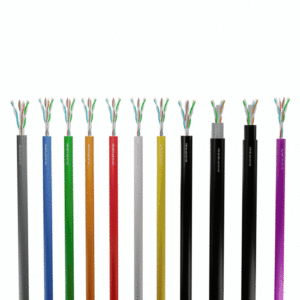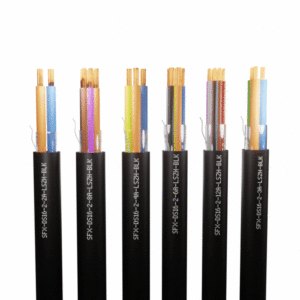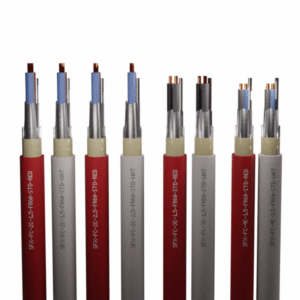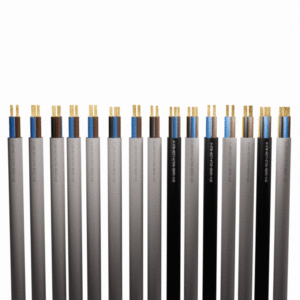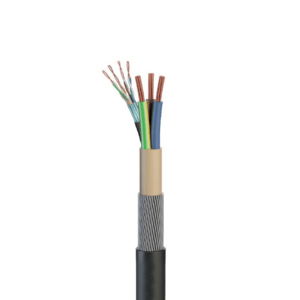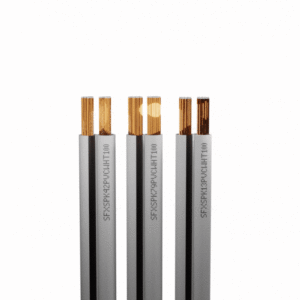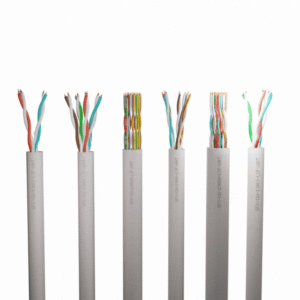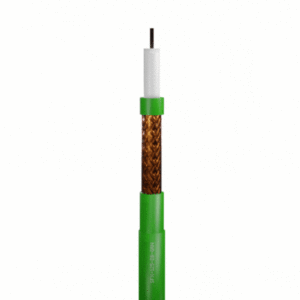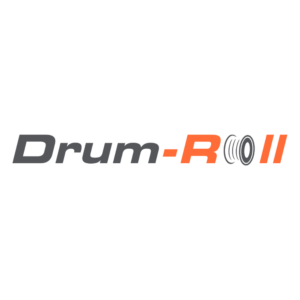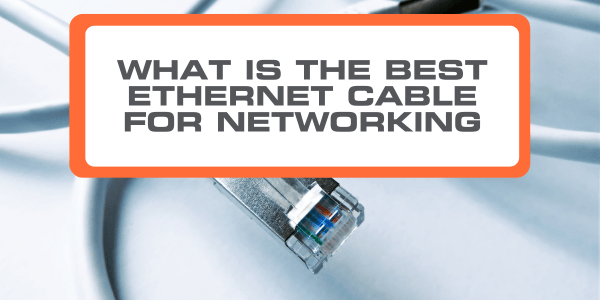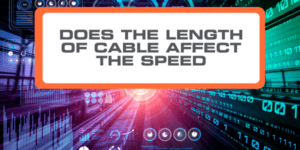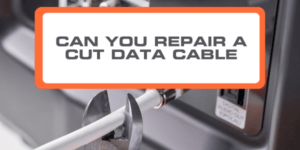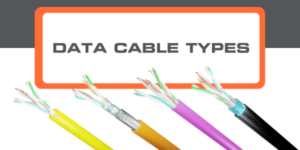Ethernet cables are a type of data cable. ‘Ethernet’ is the technique used for connection to a local area network, hence the origin of the name of the cables. Cabling is one of your network’s most critical components.
Which is the Best Data Cable?
There are three major types in which data cables can be categorised – Coaxial (copper), Twisted Pair (copper), and Fibre Optic (fibre).
Those made from copper are typically more affordable but can reach up to 10GB rates while those made from fibre are more costly but faster and stronger when it comes to the signal deterioration. However, both options offer a superior data transmission.
Your choice would be determined by your present network, future networking demands, and applications, which include bandwidth, distances, environment, cost, and other factors.
Copper has traditionally been used in lower-speed, short-distance networks, while fibre has traditionally been utilised in higher-speed, long-distance networks. However, with the introduction of copper cable capable of 10-gigabit speeds, this maxim is no longer valid. A hybrid network with a fibre backbone and copper horizontal cable may be the best option.
What to consider before you make a decision
- The cable you select will be influenced by the kind of network you wish to run.
- Calculate the maximum distance between the network and the farthest computer on your network
- Take into account the bend radius and the amount of space available for cable runs in the floor and ceiling.
- Check for any electromagnetic interference
- Check for any physical limitations that may affect the cable of your choice
What is the Best Ethernet Cable for Networking?
Ethernet cable specs can be complicated, and there are several factors to consider while selecting one, including the cable’s length, category, and design.
Whether speed is your primary priority or security is more important to you, the decision should be based on the cable’s category rating:
Cat5e
Cat 5e cables carry fast connection and timely transmissions across long distance. They are also cost-effective compared to the others.
Cat 6
Cat 6 cables carry much faster data transmission speeds over longer distances. They also can reduce crosstalk – a disruption occurrence on your communication channels when the signal transfers.
Cat 7
Cat 7a cables have a double shielding which makes them more resilient to interference. They are much more modern and reliable for a Smart Home.
For more information on our range of data and ethernet cables, get in touch with our expert team!

